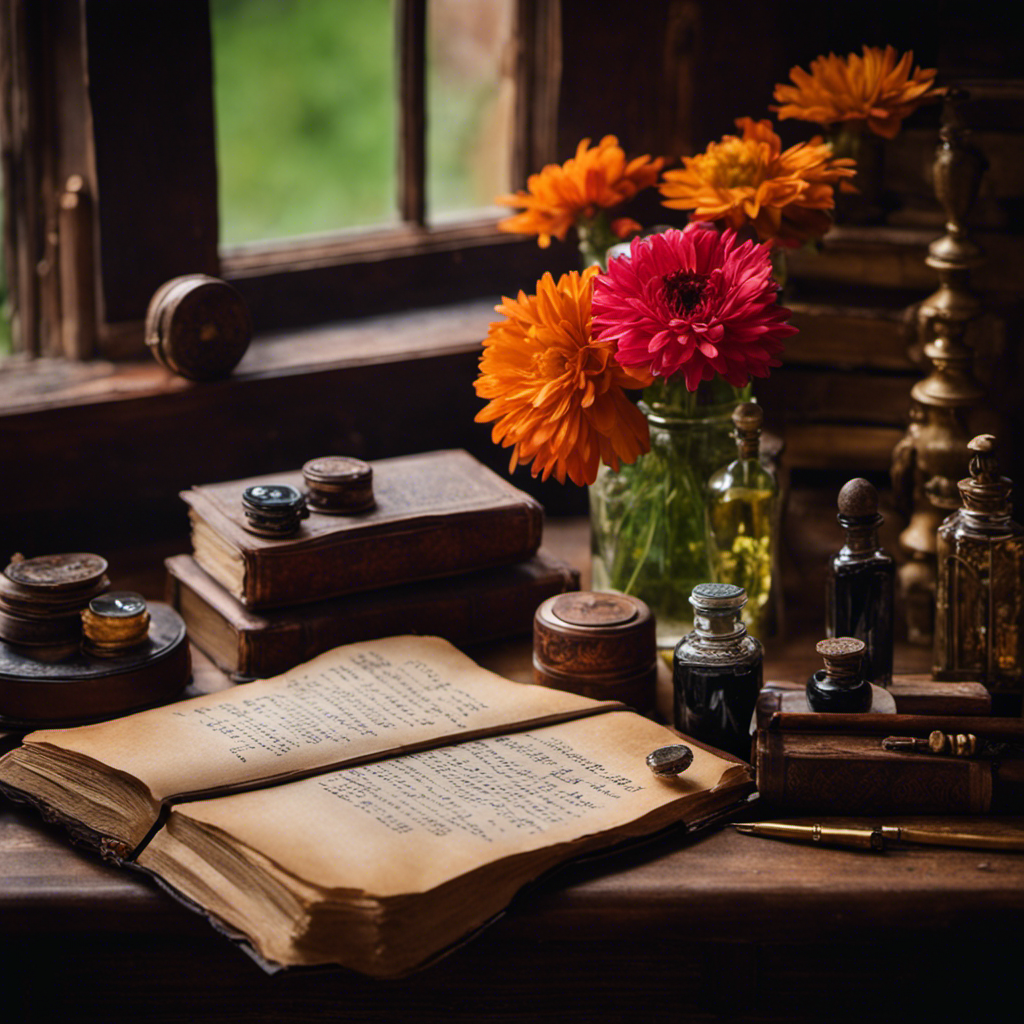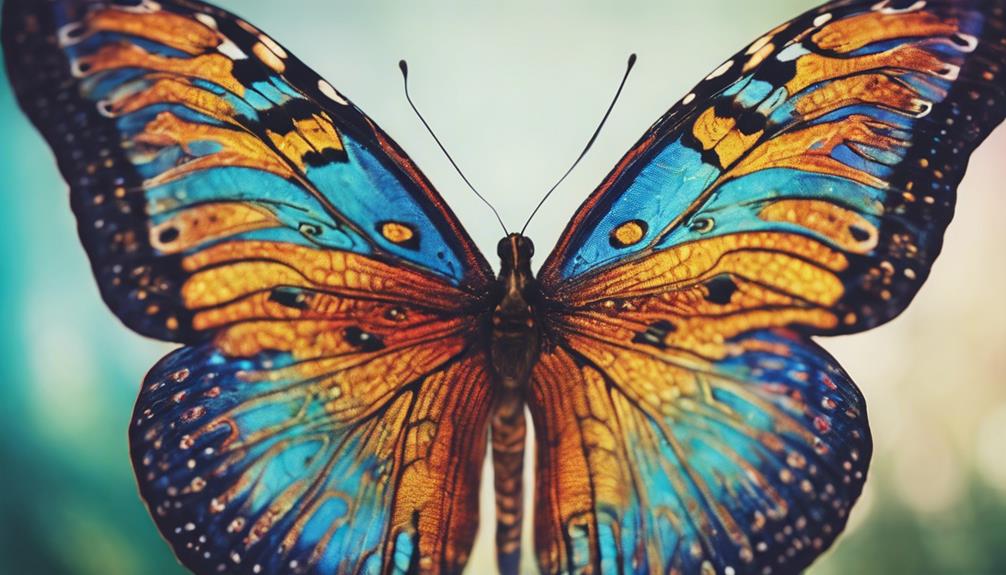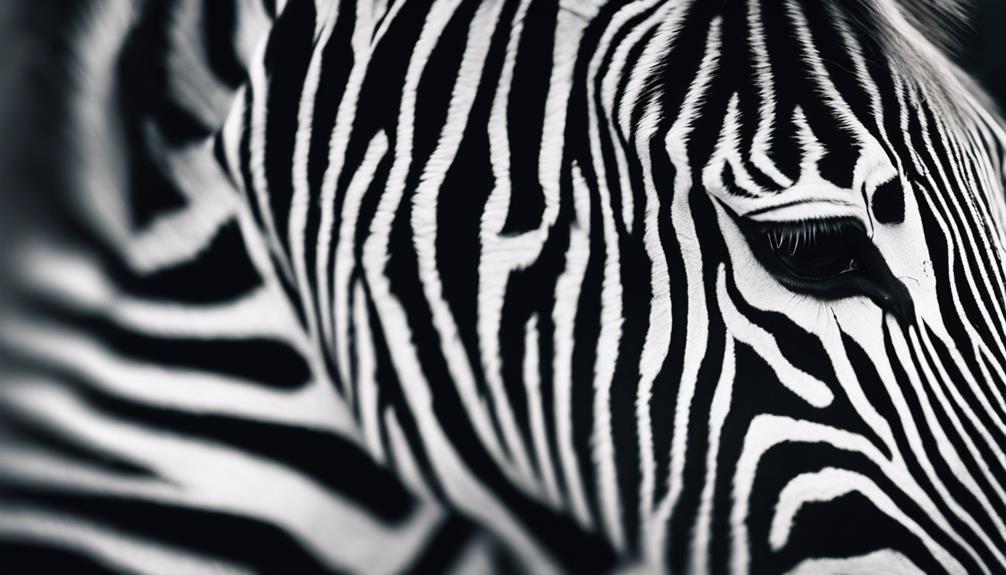Are you curious to learn some fun facts about John Keats, the renowned poet? Well, look no further! In this article, we will delve into the fascinating life and works of Keats, exploring his early years, influences, poetic style, famous works, love life, tragic events, illness and death.
We will also discuss his enduring legacy and influence on literature. So sit back and get ready to discover interesting tidbits about one of history’s most beloved poets.
Key Takeaways
- John Keats developed a passion for literature at a young age and was greatly influenced by his mother’s love for reading and storytelling.
- Keats drew inspiration from nature and the beauty of the English countryside, which greatly influenced his poetry.
- Keats’ poetic style was influenced by Romanticism, and he used sensory language and vivid imagery to allow readers to experience the world through their senses.
- Keats explored the complexities of human emotions in his poetry, focusing on themes of love, beauty, and mortality.
Early Life and Education
John Keats didn’t have a formal education, but he developed a passion for literature at a young age. Despite his lack of formal schooling, Keats was greatly influenced by his mother’s love for reading and storytelling. She introduced him to the works of William Shakespeare and other poets, sparking his interest in writing poetry himself.
Keats also drew inspiration from nature and the beauty of the English countryside where he grew up. Although he initially trained as an apothecary, Keats eventually decided to pursue a career in poetry. His educational background may have been limited, but his early influences and natural talent propelled him to become one of the greatest Romantic poets in history.
Influences and Inspirations
One of Keats’ major influences was the Romantic poet William Wordsworth. Wordsworth’s emphasis on nature and the power of imagination greatly influenced Keats’ poetic style. In fact, Keats once wrote a letter to his friend saying, “I have been reading lately a delightful book by Wordsworth and it has filled my mind with such beautiful images.” This shows how much Keats admired and drew inspiration from Wordsworth’s work.
To give you a better understanding of Keats’ influences and inspirations, here is a table showcasing some of the literary influences that shaped his writing:
| Influences | Inspirations |
|---|---|
| William Wordsworth | Nature |
| John Milton | Mythology |
| Edmund Spenser | Love |
| Percy Bysshe Shelley | Beauty |
Keats’ Poetry Style
When delving into Keats’ poetry style, it is essential to explore the influence of Romanticism on his work. The use of sensory language and vivid imagery became a hallmark of his poetic expression, allowing readers to experience the world through their senses.
Furthermore, Keats’ exploration of human emotions in his poetry provides a deep insight into the complexities and depths of the human experience.
Romanticism Influence on Keats
The Romanticism movement greatly influenced Keats’ writing style and themes. Here are four ways in which this influence is significant in literary history:
- Keats embraced the Romantic idea of nature as a source of inspiration, often using vivid descriptions of natural landscapes to evoke emotions in his readers.
- He focused on the individual experience and emotions, exploring themes of love, beauty, and mortality with intensity and depth.
- Keats’ use of imagination and symbolism was another hallmark of Romanticism, allowing him to convey complex ideas through vivid imagery.
- His emphasis on subjectivity challenged traditional poetic forms and paved the way for other poets to explore their own unique voices.
Keats’ incorporation of these Romantic ideals not only shaped his own poetry but also had a profound influence on other poets who followed him. His legacy as a key figure in the Romantic movement continues to resonate throughout literary history, making his work an essential part of the canon for those seeking belonging within this tradition.
Sensory Language and Imagery
Immerse yourself in Keats’ poetry and let the vivid sensory language and rich imagery transport you to a world of beauty and emotion. Keats was a master at using descriptive language to paint vibrant pictures in the minds of his readers.
Through his use of sensory details, he brings his poems to life, allowing you to experience the sights, sounds, smells, tastes, and textures within his verses. With words like ‘bright,’ ‘fragrant,’ ‘melodious,’ and ‘silken,’ Keats evokes powerful sensations that resonate deep within your soul.
His ability to capture the essence of nature and human experience through his vivid descriptions is unparalleled. So open yourself up to the power of description in Keats’ poetry and let it envelop you in a world where every word is carefully chosen to evoke profound emotions and create a sense of belonging.
Exploration of Human Emotions
Explore the depths of your own emotions as you dive into Keats’ poetry. He skillfully captures the complexities of human experience through his heartfelt words.
Through his exploration of human emotions, Keats delves into the highs and lows of love, joy, sorrow, and longing. His poetry acts as a mirror to our own feelings, allowing us to connect with our shared humanity.
Additionally, nature plays a significant role in Keats’ work. It serves as a backdrop for emotional experiences, reflecting and amplifying the inner turmoil or tranquility felt by the speaker. The beauty and power of nature become metaphors for the depth and intensity of human emotions.
In Keats’ poetry, we find solace in knowing that our emotions are not unique to us alone but are universal threads that bind us together in our shared human experience.
Famous Works by Keats
One of Keats’ most famous works is ‘Ode to a Nightingale.’ In this poem, Keats explores the depth and complexity of human emotions. Through vivid imagery and lyrical language, he takes you on a journey to escape the harsh realities of life and find solace in the beauty of nature. The poem delves into themes of mortality, longing, and the fleeting nature of happiness. Keats’ ability to capture the essence of these emotions resonates with readers even today.
To better understand Keats’ exploration of human emotions in his famous works, let’s take a look at this table:
| Famous Works by Keats | Exploration of Human Emotions |
|---|---|
| Ode to a Nightingale | Mortality, longing |
| Ode on Melancholy | Sadness, transience |
| To Autumn | Acceptance, tranquility |
| La Belle Dame sans Merci | Desire, heartbreak |
| Lamia | Deception, desire |
Keats invites you to reflect on your own emotional experiences and connects you with a sense of belonging by acknowledging the universal nature of these feelings. His words have the power to evoke empathy and understanding within us all.
Love and Romantic Relationships
Now that you know about some of John Keats’ famous works, let’s dive into his exploration of love and romantic relationships. His love poems are filled with beautiful imagery and romantic symbolism that will surely tug at your heartstrings.
Here are some key aspects to note:
- Intense Emotions: Keats delved deep into the highs and lows of love, capturing the intensity of emotions experienced in romantic relationships.
- Nature as a Symbol: He often used nature as a metaphor for love, drawing parallels between the beauty and power of nature and the complexities of human relationships.
- Sensuality: Keats’ poems were known for their sensual descriptions, evoking a physical longing and desire within the reader.
- Eternal Love: Many of his poems explored the theme of eternal love, emphasizing its transcendence beyond mortal limits.
Through his skillful use of language and imagery, Keats continues to inspire lovers around the world with his timeless poetry on matters of the heart.
Keats’ Literary Circle
When it comes to understanding the impact of influential literary friendships on Keats’ work, you’ll find that his circle of fellow writers played a crucial role. These friendships not only provided him with intellectual stimulation and creative inspiration, but also served as a platform for exchanging ideas and refining his craft.
From his close bond with Percy Bysshe Shelley to his admiration for William Wordsworth, these relationships left an indelible mark on Keats’ poetry and helped shape his unique artistic voice.
Influential Literary Friendships
Keats had some influential literary friendships during his lifetime. These friendships not only impacted Keats himself, but also left a lasting influence on other writers and played a significant role in shaping the Romantic movement. Here are four examples of Keats’ influential literary friendships:
- Leigh Hunt: A prominent critic and poet, Hunt introduced Keats to a circle of fellow writers and encouraged him to pursue his poetic ambitions.
- Percy Bysshe Shelley: The friendship between Keats and Shelley was marked by their shared admiration for each other’s work. They exchanged letters discussing poetry and philosophy, inspiring each other’s creativity.
- Charles Brown: Brown became one of Keats’ closest friends and provided invaluable support during difficult times. He not only helped with practical matters but also offered emotional encouragement.
- William Wordsworth: As an established poet, Wordsworth’s guidance and mentorship had a profound impact on Keats’ poetic development. Their friendship allowed Keats to refine his craft and find his own unique voice within the Romantic movement.
These friendships fostered creativity, offered guidance, and created a sense of belonging for Keats within the literary world, leaving an enduring legacy on both his own work and the wider Romantic movement.
Impact on Keats’ Work
The influential literary friendships Keats formed had a profound impact on his work, shaping his poetic style and contributing to the development of the Romantic movement. Keats’ influence extended beyond his own writing, inspiring other poets of his time and leaving a lasting mark on romantic literature.
His friends, such as Percy Bysshe Shelley and William Wordsworth, shared ideas and encouraged each other’s creativity. Through their discussions and collaborations, Keats refined his craft and explored new themes in his poetry.
This camaraderie among poets fostered a sense of belonging and sparked innovation within the Romantic movement. Keats’ impact on other poets can be seen in their similar use of vivid imagery, introspective exploration of emotions, and appreciation for nature’s beauty.
His legacy as an influential poet continues to shape the landscape of English literature today.
Keats’ Tragic Life Events
Did you know about the tragic life events that shaped Keats’ writing career? Here are four key moments that influenced his work:
- Tragic love affairs: Keats experienced heartbreak and loss in his relationships, which infused his poetry with intense emotions. His failed romances, including his unrequited love for Fanny Brawne, inspired some of his most poignant and melancholic verses.
- Financial struggles: Keats faced constant financial instability throughout his life, which forced him to devote time to earning a living rather than solely focusing on poetry. This burden added a sense of urgency and desperation to his writing as he grappled with the realities of survival.
- Personal illness: Keats battled severe health issues, including tuberculosis, which ultimately led to his untimely death at the age of 25. His experiences with illness influenced his exploration of mortality and the transient nature of human existence in his poems.
- Loss of family members: The deaths of Keats’ parents and younger brother had a profound impact on him emotionally and artistically. These losses deepened his understanding of grief and provided him with rich material for expressing profound pain and longing in his works.
These tragic life events shaped Keats’ writing career by infusing it with raw emotion, existential themes, and a sense of fleeting beauty amidst hardship.
Keats’ Illness and Death
You might be surprised to learn that Keats’ illness and untimely death greatly influenced the themes of mortality and transience in his poetry. As a Romantic poet, Keats was deeply impacted by his own experiences with illness and the fragility of life. In his final days, he endured painful medical treatments in an attempt to cure his tuberculosis. These treatments included bloodletting, blistering, and starvation diets. Despite these efforts, Keats’ condition worsened rapidly, leading to his tragic demise at the young age of 25. The table below highlights some of the medical treatments Keats underwent during this time:
| Medical Treatment | Description |
|---|---|
| Bloodletting | Removal of blood to balance humors |
| Blistering | Application of heated substances |
| Starvation diets | Restricting food intake |
Keats’ suffering and eventual death left a lasting impact on his poetry, as he explored themes of mortality and the ephemeral nature of life with great depth and intensity.
Legacy and Influence
When it comes to the lasting literary impact of John Keats, his works continue to be celebrated and studied today. His poetry, characterized by its beauty, emotion, and depth, has left a profound mark on the world of literature.
From his exploration of love and beauty in ‘Ode to a Grecian Urn’ to his contemplations on mortality in ‘Ode to a Nightingale,’ Keats’ words continue to resonate with readers across generations.
Moreover, Keats’ cultural influence can still be felt today as his themes and ideas have inspired countless artists, musicians, and writers who have drawn inspiration from his work. Whether it’s through adaptations of his poems into songs or references in popular culture, Keats’ legacy lives on in our modern society.
Lasting Literary Impact
Keats’s writings have had a lasting impact on the literary world. His works continue to resonate with readers today, exploring the depths of human emotions and leaving a profound mark on the field of literature. Here are four reasons why Keats’s literary impact endures:
- Sensory imagery: Keats was known for his vivid descriptions and ability to transport readers into his poetic worlds, engaging their senses and evoking powerful emotions.
- Exploration of love and beauty: Keats delved into themes of love, desire, and the pursuit of beauty in his works, capturing the complexities of human relationships and inspiring generations of writers.
- Introspection and self-expression: Keats explored his own thoughts and feelings through introspective poetry, paving the way for other poets to delve deep within themselves for inspiration.
- Romanticism: As one of the key figures in the Romantic movement, Keats’s emphasis on imagination, nature, and emotion revolutionized poetry, influencing countless poets who came after him.
Keats’s lasting literary impact lies in his ability to connect with readers on a deeply emotional level while pushing boundaries in terms of style and subject matter. His exploration of human emotions continues to resonate with audiences seeking a sense of belonging within themselves and the world around them.
Cultural Influence Today
One can still feel the impact of Keats’s writings in today’s cultural landscape. His themes of love, beauty, and introspection continue to resonate with artists and inspire new works. His profound influence can be seen in various modern adaptations across different art forms.
From poetry to music to visual arts, Keats’s cultural impact remains undeniable. Artists are drawn to his exploration of human emotions and the depth of his poetic language. They seek to capture the same essence of passion and vulnerability that Keats conveyed so eloquently.
Whether it is through reinterpretations of his poems or incorporating his ideas into their own creations, contemporary artists pay homage to Keats’s enduring legacy. They add their unique perspectives to create a sense of belonging within the artistic community.
Interesting Facts About John Keats
Did you know that Keats’s poetry is known for its rich sensory imagery and exploration of beauty and mortality? Here are four interesting facts about John Keats:
- Influence on other poets: Keats’s work had a profound impact on later poets such as T.S. Eliot, W.B. Yeats, and Dylan Thomas. His emphasis on emotions and the power of language continues to inspire generations of writers.
- Love for nature: Keats had a deep appreciation for the natural world, often using it as a source of inspiration in his poems. His vivid descriptions of landscapes and seasons create a sense of connection between humans and their environment.
- Sensual language: Keats’s use of sensual language adds depth and intensity to his poetry. He skillfully weaves together sight, sound, taste, touch, and smell to create an immersive experience for the reader.
- Themes of mortality: Throughout his work, Keats explores the fleeting nature of life and the inevitability of death. He contemplates human existence with both awe and melancholy, inviting readers to reflect on their own mortality.
Keats’s unique style continues to captivate audiences today by offering a glimpse into the complexities of human emotions while celebrating the beauty found in both nature and art.
Frequently Asked Questions
Did John Keats Have Any Siblings?
Yes, John Keats had three siblings. His relationship with other famous poets of his time was friendly and influential.
What Were Some of John Keats’ Favorite Hobbies?
John Keats, the famous poet, had a variety of favorite pastimes and hobbies. His interests included reading literature, exploring nature, and writing poetry. These activities brought him joy and fueled his creativity.
Did John Keats Ever Have Any Children?
No, John Keats did not have any children. However, his influence on modern poetry continues to resonate through generations. His possible descendants may not exist, but his legacy lives on in the world of literature.
How Many Poems Did John Keats Write in His Lifetime?
John Keats wrote a significant number of published poems in his lifetime. His poetic style and themes continue to influence modern poetry, making him an important figure in literary history.
What Was John Keats’ Relationship With Other Famous Poets of His Time?
John Keats had close relationships with other famous poets of his time, including Percy Bysshe Shelley and William Wordsworth. His interactions with them greatly influenced his own poetry and left a lasting impact on Romantic literature.
Conclusion
In conclusion, you’ve learned about the early life and education of John Keats, as well as his influences and inspirations.
You’ve discovered his unique poetry style and explored some of his most famous works.
You’ve also delved into Keats’ love life and the tragic events that shaped his life.
Finally, you’ve explored his illness and untimely death, along with his lasting legacy and influence on literature.
Hopefully, these interesting facts have given you a deeper understanding of this talented poet’s life and work.





